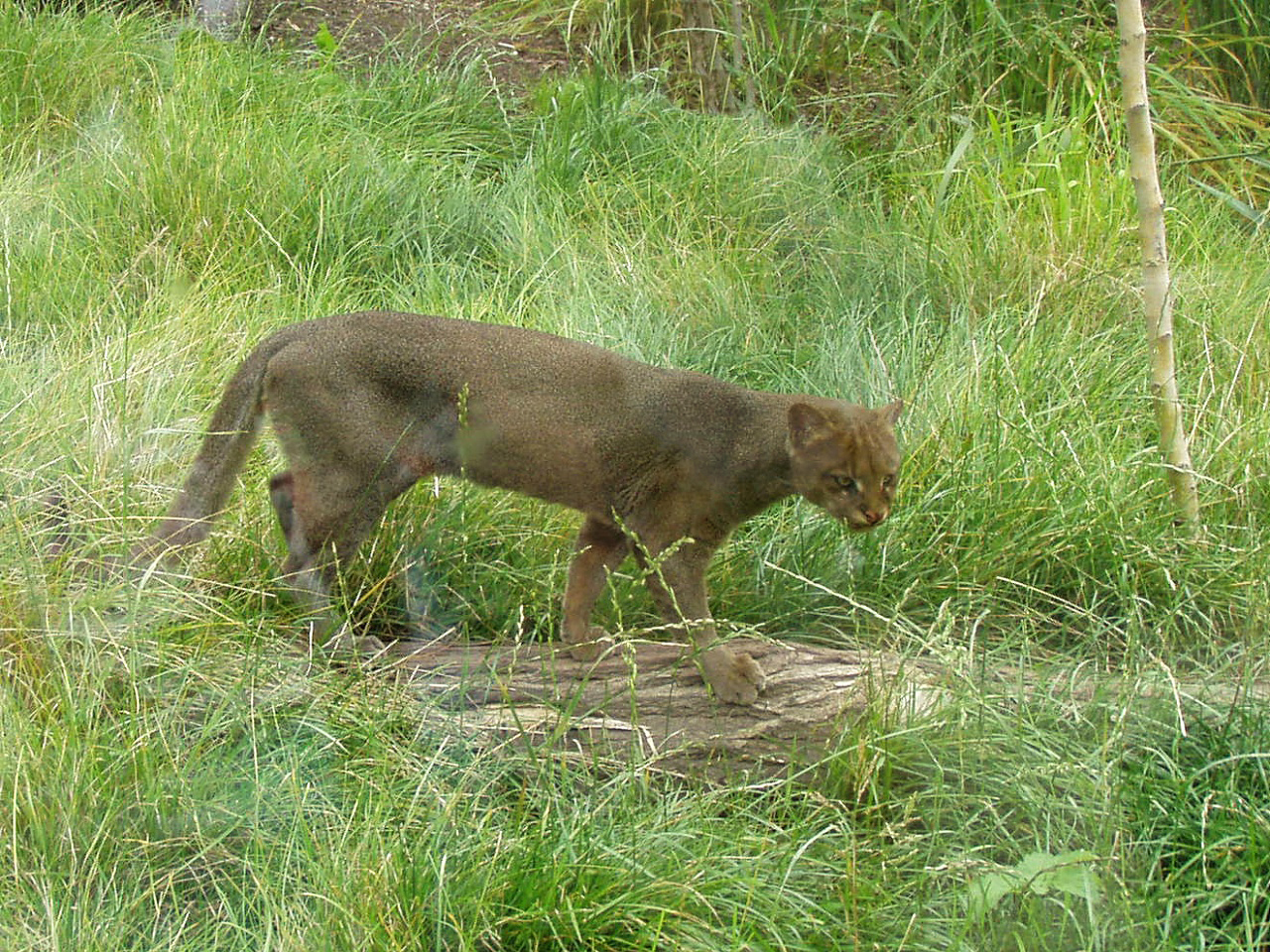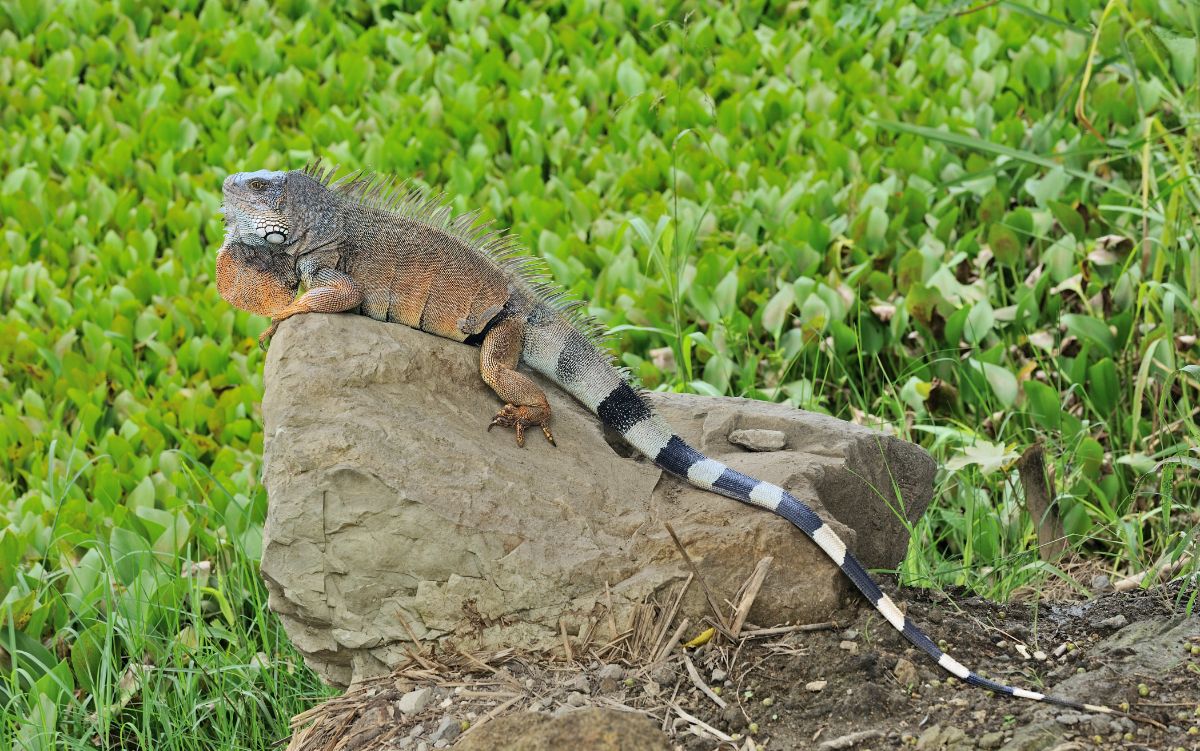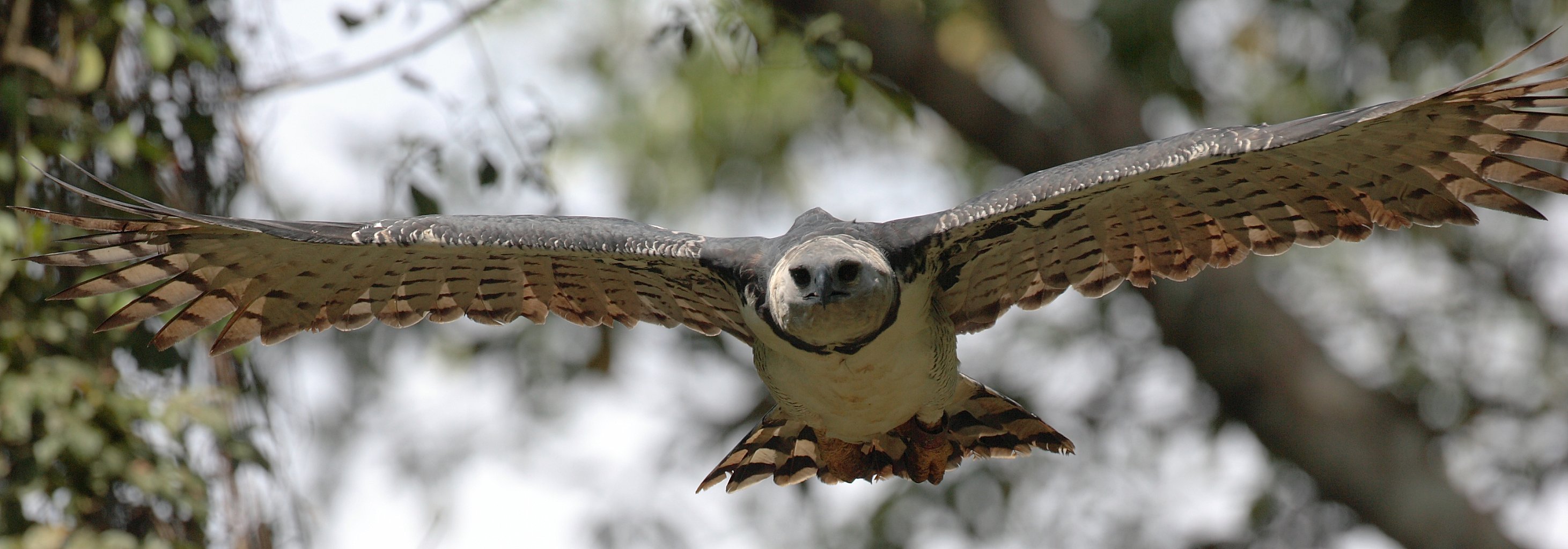Magdalena-Urabá Moist Forests
The ecoregion’s land area is provided in units of 1,000 hectares. The protection goal is the Global Safety Net (GSN1) area for the given ecoregion. The protection level indicates the percentage of the GSN goal that is currently protected on a scale of 0-10.
Bioregion: Central American Isthmian & Colombian Coastal Forests (NT24)
Realm: Central America
Ecoregion Size (1000 ha):
7,693
Ecoregion ID:
478
Protection Goal:
31%
Protection Level:
2
States: Colombia
The critically endangered cotton-top tamarin is endemic to the Magdalena-Urabá Moist Forests ecoregion within Colombia. These small monkeys are easily identifiable from other primate species by their smaller size, and unmistakable white fluffy head. They are also a very curious species and are found among treetops in both dry and wet forests, chattering and using a variety of sounds to communicate their territory and whereabouts.
Habitat destruction and illegal pet trade are their biggest threats, and only an estimated 6,000 individuals are left of them. Thanks to ongoing conservation efforts, the tamarins have been adopted by many local communities as mascots in parades and events. The same popularity which created a threat from the pet industry has emboldened a sense of pride in people who live with these charismatic little monkeys.
.jpg)
The flagship species of the Magdalena-Urabá Moist Forests ecoregion is the cotton top tamarin. Image credit: Heather Pickard, Creative Commons
Located in northern Colombia, the moist forests of the Magdalena-Urabá ecoregion link the northern ecoregions of Mesoamerica and the Chocó with the Andean and Amazonian ecoregions. The main river is the Magdalena, but others of importance are the Cauca, Nechí, San Jorge, Sinú, and Atrato. The dry seasons are between January-March, and July-August. During the rainy season, heavy rainfall reaches more than 4,000 mm/year in the canyons and up-rivers. The mean rainfall in the low jungles is around 3,000 mm/year.
This downpour is drained back through these large rivers and towards the Caribbean Sea, but in the process, form a huge system of wetlands, lagoons, marshes, and ponds of tremendous importance for wildlife, both native and migratory. The general vegetation is tall dense jungle on the drier soils and palmettos and wetland vegetation on flooded soils. The resulting diversity of the trees and plant life is enormous: with dominant large trees such as the nationally threatened Colombian mahogany, numerous palm species, and more than 150 species of orchid including the endemic giant cattleya.

Puma. Image credit: Creative Commons
Several large mammals inhabit both the jungles and the wetlands of this region. Among them are tapir, capybara, jaguar, puma, ocelot, jaguarundi, giant anteater, west Indian manatee, the endangered black handed spider-monkey, the endangered white footed tamarin, and the critically endangered cotton-top tamarin.
Common reptiles are bushmasters (vipers), spectacled caiman, green iguana, boa constrictor, red footed tortoise, and gold tegu. The vulnerable American crocodile and endangered Magdalena river turtle inhabit the area as well.
The ecoregion is especially rich in bird species and is a very important winter habitat for waterfowl and birds of prey. Some native species are the northern screamer, Muscovy duck, knob billed duck, and the whistling duck. The region is home to the crested, harpy, and black-hawk eagles, six different species of macaws (including the endangered great green macaw), and the critically endangered blue-billed curassow. In fact, parts of this ecoregion have been delimited as the Nechí lowlands Endemic Bird Area for the occurrence of at least 12 restricted-range birds.

Green Iguana. Image credit: Creative Commons
The ecoregion is surrounded by most of Colombia’s human population and depending on location the fragmentation and general ecosystem condition can drastically vary. Still, there are several remaining large areas still intact with little human influence, primarily around the Serranía de San Lucas. Many official figures of conservation operate in the region, however there are no national parks or other established protected areas. There are several projects with international funds aiming to protect and restore important wetlands habitats, including the planned establishment of private nature reserves in some areas.

Harpy eagle. Image credit: Creative Commons
The Magdalena-Urabá Moist Forests are under extreme resource pressure from the surrounding human population. Large scale settlement, cattle ranching, gold mining, oil drilling, valuable timber, narcotic crops and warfare, together with the extreme pollution of the two most important rivers (the Magdalena and the Cauca) are putting tremendous pressure on these fragile and unique ecosystems.
The priority conservation actions for the next decade are to: 1) engage community and regulate the industries to reduce pollution in the Magdalena and Cauca rivers; 2) support outreach and educational opportunities to alleviate poverty and detract from illicit crop growing; and 3) establish a national park or other protected area in the intact ecosystem around the Serranía de San Lucas.
Citations
1. Constantino, E. 2018. Northern South America: Northern Colombia. https://www.worldwildlife.org/ecoregions/nt0137 Accessed June 28th 2018.
2. Stattersfield, A.J., M.J. Crosby, A.J. Long, and D.C. Wege. (1998). A global directory of Endemic Bird Areas. BirdLife Conservation Series. BirdLife International,Cambridge, U.K.
3. Hernández Camacho, J., G. A. Hurtado, Q. R. Ortiz, and Th. Walschburger. 1992c. Unidades biogeográficas de Colombia in G. Halffter (editor), La Diversidad Biológica de Iberoamérica. Xalapa, México: CYTED-D, Acta Zoológica Mexicana.


